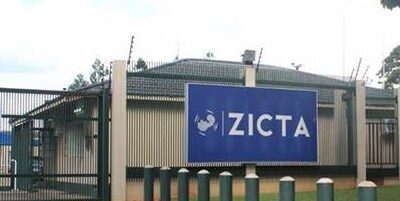Zambia’s external debt stock, excluding publicly guaranteed debt, rose by 4.1 percent to US$15.17 billion as of June 2024, up from $14.57 billion at the end of December, 2023.
Finance and National Planning Minister, Dr Situmbeko Musokotwane, attributed this increase primarily to new disbursements from multilateral creditors and the continued accumulation of arrears.
In his presentation of the K217 billion 2025 national budget to Parliament on Friday, Musokotwane noted that publicly guaranteed external debt decreased by 1.3 percent to US$1.39 billion from US$1.41 billion over the same period, due to debt service payments made by some guaranteed entities.
“The stock of Treasury bills and Government bonds reduced by 3.1 percent to K225.5 billion at end-June 2024 from K232.6 billion at end-December 2023,” Musokotwane stated.
This reduction was attributed to tight liquidity conditions in the money market, which constrained commercial banks’ lending to the government.
As of June 2024, the outstanding stock of government bills owed to various suppliers decreased by 18.3 percent to K79.8 billion from K97.7 billion at the end of December 2023.
Musokotwane assured that the government’s commitment to dismantling fuel arrears which was expected to lead to a significant reduction in this stock by year-end.
He also reported that commercial banks’ average nominal lending rates rose to 28.7 percent in August 2024 from 26.6 percent in December 2023, reflecting the upward adjustment in the policy rate.
Despite the increase in lending rates, credit to the private sector expanded by 36.9 percent in July 2024 compared to 34.2 percent in July 2023, with most of the credit allocated to the wholesale and retail trade, manufacturing, and agriculture sectors.
Musokotwane highlighted that overall, the banking sector remained resilient, supported by adequate capital, liquidity buffers, and good asset quality.
Preliminary data indicated that imports totaled US$4.5 billion during the first half of the year, down 2.7 percent from the same period in 2023, largely reflecting subdued economic activity due to the drought.
In contrast, exports remained largely unchanged at US$5.3 billion, driven primarily by higher copper prices, while non-traditional exports, such as cane sugar, declined.
As at the end of July 2024, Zambia’s gross international reserves increased to US $3.9 billion, equivalent to 4.3 months of import cover, up from US$3.3 billion at the end of December 2023, which covered 3.7 months.
Musokotwane attributed this increase to a US$570 million disbursement from the International Monetary Fund under the Extended Credit Facility Arrangement.
Musokotwane unveils K217 billion 2025 budget, targets 6.6% GDP growth, reduction of fiscal deficit to 3.1%.
WARNING! All rights reserved. This material, and other digital content on this website, may not be reproduced, published, broadcast, rewritten or redistributed in whole or in part without prior express permission from ZAMBIA MONITOR.












Comments